#VanillaISIS: The Movie
So Mayer
It seems inevitable that the militia led by Ammon Bundy will soon be transformed into a big-screen story. These heavily-armed white men are currently occupying the federal Fish and Wildlife Service building adjacent to the Malheur national wildlife refuge in southeastern Oregon, with demands that include the release of ranchers convicted of arson on refuge land and, more broadly, the transferral of federal land to private ownership.As internal conflicts and external pressures fray the group, the narrative takes on familiar lines: this is Butch Cassidy, or any number of hold-up, hold-out Hollywood dramas fractious with masculinity and weaponry–dramas that would include Quentin Tarantino’s latest, The Hateful Eight, a rococo neo-Western, a single-location stand-off set during the Reconstruction that might as well be set at Malheur. Among the cast of eight, the sole black character (played by Tarantino stalwart Samuel L. Jackson) is violently sexist, and the sole female character (played by Jennifer Jason Leigh) is viciously racist, thus obviously confounding all possibility of progressive critique (because, of course, the six white men are neither!)
Of course, bell hooks absolutely nailed Tarantino back in 1996: he has, she argued, the cool cynicism of our times down pat. He represents the ultimate in ‘white cool’: a hard-core cynical vision that would have everyone see racism, sexism, homophobia but behave as though none of that shit really matters, or if it does it means nothing ‘cause none of it’s gonna change, ‘cause the real deal is that domination is here to stay, going nowhere, and everybody is in on the act. Mind you, domination is always and only patriarchal–a dick thing.
What’s remarkable is that The Hateful Eight treads the same ground as Reservoir Dogs and Pulp Fiction in terms of its talk-fast-and-shoot-faster, everyone’s an asshole narrative–especially given that Tarantino’s politics have turned outspokenly to the left of the militia movement that Twitter has christened Vanilla ISIS, or Y’all Qaeda. The NYPD called for a union boycott of the film after Tarantino took part in an anti-police brutality rally. But The Hateful Eight is a fascinating marker of where the appropriation of Black Lives Matter joins hands with libertarian anti-statism: the Oregon militia aren’t much on cops either. The ‘frontier spirit’ is palpable in both the movement and the movie.
What’s even more remarkable is that Tarantino’s pastiche is not the only Western being celebrated for its full-blown testosterone this awards season: Leonardo DiCaprio collected the Golden Globe for Best Actor in a Drama for his performance as the protagonist of The Revenant, directed by Alejandro González Iñárritu. The Revenant opts for the other model of the genre: the individual on a quest for revenge; in this case, against a bear. Iñárritu’s modernizing twist is that Hugh Glass (DiCaprio) has a son by an Arikara woman and later defends another Arikara woman who is being raped. With small speaking roles for First Nations actors from British Columbia and Alberta, where the film was shot (although set in Montana and South Dakota), it certainly marks a change from the early days of the Western that were foundational to Hollywood cinema, in which Italian actors were cast as Native Americans. What hasn’t changed, though, is the focus of the film on a white man’s quest for revenge.
Like the Oregon militia led by Bundy, Hugh Glass is the latest in a long line of white male substitutes for indigenous people–call it ‘the Last of the Mohicans complex.’ Bundy’s militia are campaigning for their ‘right’ to land stolen from the Paiute nation, who are campaigning, peacefully and unarmed, for the return of unceded ancestral territory. Glass is perhaps more subtly, but more insidiously, a Last of the Mohicans figure, undertaking an heroic struggle against both Nature and a corrupt white man to avenge the death of his wife and son. With DiCaprio’s Marlon Brando-esque speech at the Globes, in which he offered to ‘share this award with all the First Nations people represented in this film and all the indigenous communities around the world,’ life imitated art. DiCaprio, white saviour.
One could argue that The Revenant, unlike The Hateful Eight, features Native American speaking characters played by indigenous actors, even if they all have to be saved or avenged by DiCaprio. And although the Arikara are represented as violent from the start, unable to distinguish between ‘noble’ white men such as Glass and villainous ones such as Fitzgerald (Tom Hardy), they are far from the ‘primitive’ cannibals–hated by neighbouring Native American nations–who appear in Bone Tomahawk (S. Craig Zahler). Like Tarantino’s film, Bone Tomahawk is intended as pastiche, with a sardonic tone and world-weary genre knowledge. In reiterating tired tropes of the ultra-violent Other, it reveals, through its indulgence of its fantasy, how white colonizers continue to project their own violent acts onto those they slaughtered.
Kurt Russell plays both the anti-heroic Sheriff in Bone Tomahawk and the anti-heroic bounty hunter in The Hateful Eight. Both roles clearly refer to Russell’s iconic “Snake” Plissken in John Carpenter’s Escape films, a US soldier-turned-mercenary, the ultimate figure of the libertarian, survivalist American right that is paranoid about the state, and cynical about violence to the point of nihilism. New Escape projects, including a remake, are also in the air (including rumours that Emily Blunt, 2015’s action heroine, might be cast as Plissken), tapping into the need for a white (male) hero that is so patently apparent.
Even the conservative Washington Post noted–critically–in November 2015 that ‘White Americans long for the 1950s, when they didn’t face so much discrimination.’ While the romanticization of the 1950s in mainstream American media has been apparent and expanding for a decade – from The Notorious Bettie Page (Mary Harron) onwards via Mad Men (created by Matthew Weiner) to Carol (Todd Haynes) – the Western seemed to have been comprehensively dismantled. Films such as Brokeback Mountain (Ang Lee) and Meeks Cutoff (Kelly Reichardt) deconstructed not only the content of the genre, with a focus on female, gay and Native characters, but also its form, telling intimate stories that disarm their characters and audiences, rather than initiating an arms race. Indigenous filmmakers have also been challenging perceptions, both through modern stories such as Sydney Freeland’s Drunktown’s Finest, in which one of the protagonists SickBoy (Jeremiah Bitsui) eschews both US military and criminal violence, and historical narratives such as Arnait Video’s Before Tomorrow, which shows the inglorious results of contact from an Inuit family’s point of view.
These independent pictures by Lee, Reichardt, Freeland, and Arnait are sorely-needed correctives to the slow and devious re-emergence of the Western as a mode, if not a genre, after 9/11. As Susan Faludi notes in her profound study The Terror Dream, both the novel and film versions of The Searchers are foundational texts for American colonial nationalism and masculinity. A veritable cycle of films (not to mention the TV show 24) in which aging soldiers/special operatives have to rescue their daughter or the President’s daughter have replayed the narrative of The Searchers in an onslaught of postmodern, technologized spectacles resituating the aging white male patriarch as hero. The perception that white men have been discriminated against, and even emasculated, by civil rights and feminism is embodied in this endlessly-repeating cycle. Even the reappearance of Han Solo (Harrison Ford) in Star Wars: The Force Awakens (JJ Abrams) carries a whiff of this white male fragility, although – in keeping with the reboot’s foregrounding of female and black co-protagonists Rey (Daisy Ridley) and Finn (John Boyega)–Han is a heroic failure in a terrible sweater.
Han is, after all, like Russell’s John Ruth in The Hateful Eight, a bounty hunter: someone for whom people are either dollar signs or obstacles–a metaphor for the mainstream film industry itself, you could say. It’s been argued that the con man or huckster is the pre-eminent figure of American literature–but the bounty hunter whose quest gets personal has as strong a claim. It’s the figure of Ethan Edwards (John Wayne) who inspires Bundy’s militia to take up arms against a present-day world that they perceive, incorrectly but supported by Fox media, as designed to oppress and dispossess them. Edwards is deep in the DNA of Hugh Glass, whose name suggests he is a mirror to his intended audience–Vanilla ISIS, the Movie already exists. The question is why we keep watching.
![]() Sophie Mayer is a regular contributor to Sight & Sound and The F-Word. She’s the author of Political Animals: The New Feminist Cinema and The Cinema of Sally Potter: A Politics of Love, and the co-editor of Catechism: Poems For Pussy Riot, The Personal Is Political: Feminism and Documentary and There She Goes: Feminist Filmmaking and Beyond. Her Twitter is @tr0ublemayer
Sophie Mayer is a regular contributor to Sight & Sound and The F-Word. She’s the author of Political Animals: The New Feminist Cinema and The Cinema of Sally Potter: A Politics of Love, and the co-editor of Catechism: Poems For Pussy Riot, The Personal Is Political: Feminism and Documentary and There She Goes: Feminist Filmmaking and Beyond. Her Twitter is @tr0ublemayer
Posted: January 12, 2016 at 12:57 am


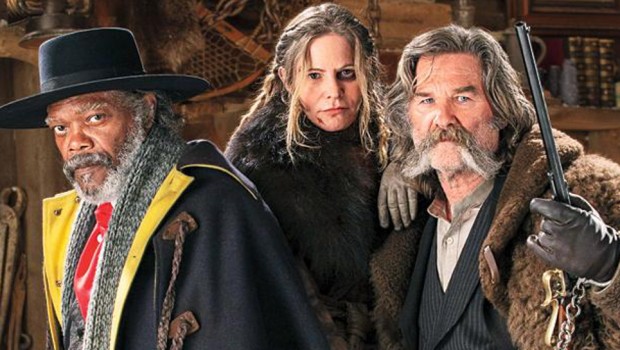
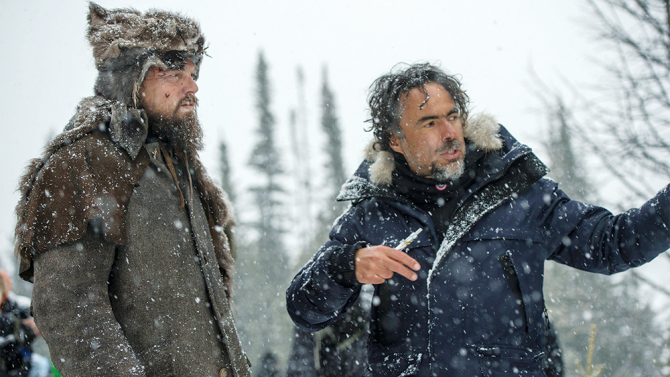

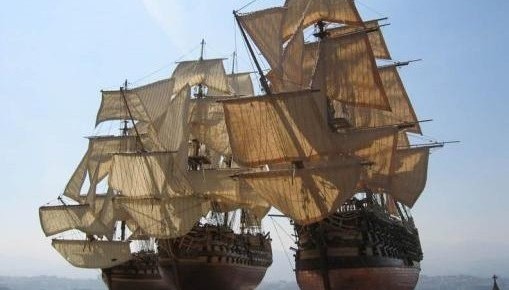
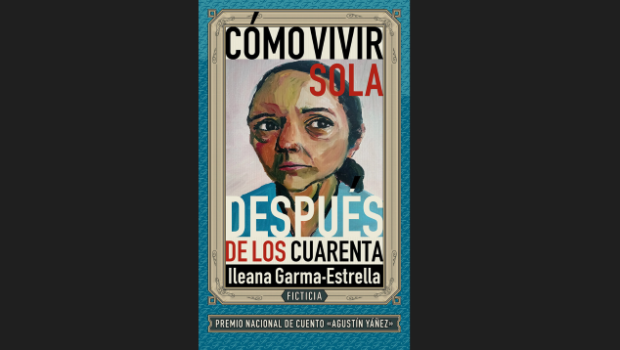

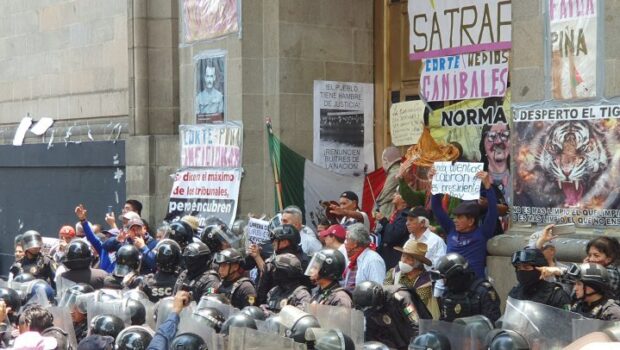

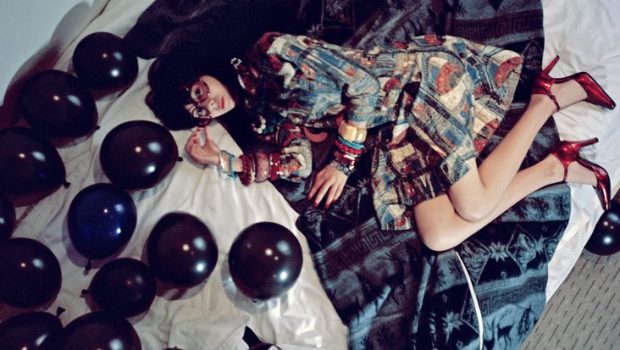

Ok, I can see where fantasies about racist, sexist westerners are a bit much in this day and age, but ultimately I don’t think it’s fair to expect a white male to perfectly represent minority realities. Not because of a lack of capacity, but because it is a fact of psychology that we relate to the world first through our own self. This is not to take away from any feminist arguments, but faulting an individual for viewing the world through the lens of their own individuality isn’t fair. That is not to excuse or justify Malheur in the slightest, but I do think the connection between the films and the militant group isn’t there. Making the Malheur takeover solely about patriarchal domination wouldn’t nearly give enough credit to its true cause: stupidity.